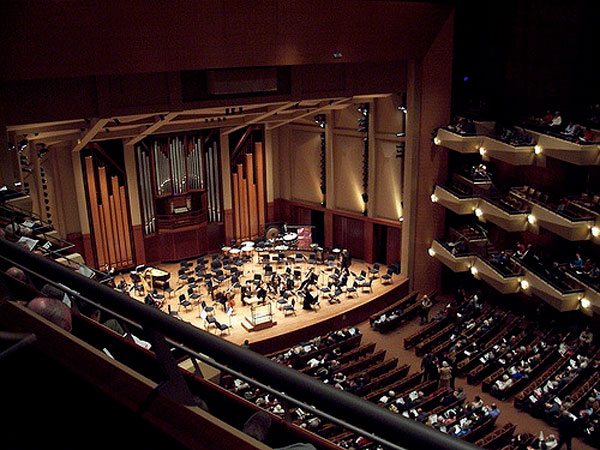
October 21, 2017; Broadway World, “ArtWorld”
If your organization is in the arts or providing disadvantaged kids with afterschool and summer opportunities, it is a wonderful thing for the Wallace Foundation to pick you. For everyone else, it is a smart thing to consider what Wallace freely gives away by sharing its extensive and expensive studies produced by independent researchers commissioned by the foundation and made available in its Knowledge Center.
Earlier in October, NPQ reported on one of the foundation’s studies on the subject of scaling. Broadway World alerts us to the foundation’s Building Audiences for Sustainability (BAS) research series. In response to a declining audience base for many major art forms, the Wallace Foundation’s $52 million BAS initiative looked at Ballet Austin through this Discussion Guide. Over time, BAS will study a total of 25 performing arts organizations. The goal is to help these individual arts organizations as well as to develop insights for the arts field in general.
The second report in the series here delved into the causes for the decline in ticket sales experienced by the Seattle Symphony—and, more importantly, the market research insights that would bend that trend upward. (The third study, on how the Denver Center for the Performing Arts can attract more millennials, will be released in early 2018.)
The research findings and a video help to explain what they discovered.
Sign up for our free newsletters
Subscribe to NPQ's newsletters to have our top stories delivered directly to your inbox.
By signing up, you agree to our privacy policy and terms of use, and to receive messages from NPQ and our partners.
“The Building Audiences for Sustainability initiative was designed to help arts leaders better understand and address their audience-building goals and challenges, both through direct funding and by sharing their process and findings with the rest of the field,” said Daniel Windham, the foundation’s director for the arts. “While the Seattle Symphony’s work is still underway, its story offers useful insights on the use of market research as intrinsic to meeting audience-building goals.”
Downtown Seattle is home to Amazon, Microsoft, and Google. Downtown residents are growing at twice the rate of Seattle’s overall population. It is forgivable to assume that the Seattle Symphony’s most important audience are these “new urban cultural consumers” (NUCCs). Research helped the Seattle Symphony to more sharply frame their understanding of its target audience and its behavior.
The company conducted extensive market research, including focus groups and post-performance surveys, confirming its initial assumption that NUCCs are good prospects for the symphony. The research showed, however, that the group encompasses a wider range of ages and characteristics than anticipated: in addition to millennials, NUCCs also include Gen X-ers and older empty nesters. Further research demonstrated that attendees at one of the new series, “Untuxed,” 75-minute performances beginning at 7:00 p.m., were primarily interested in hearing classics of the orchestral canon rather than more adventurous programming.
Market research and consequent new programming contributed to a 40 percent increase in ticket sales in the 2016-17 season. The Seattle Symphony attracted new and different audiences without diminishing their traditional “Masterworks” subscribers.
Every nonprofit organization needs to confidently make safe statements about their constituencies. It’s even better if these assertions are statistically significant. Smaller nonprofits may not have the resources to hire market research professionals, but there are free or inexpensive market research methodologies and tools. Data from the likes of Google Analytics and Facebook Insights provide cumulative, observational data, but they do not answer the “why” questions about an organization’s supporters. Market research shows supporters’ preferences, intentions, and behavior. These are the qualitative and quantitative answers that help an organization prove or disprove assumptions to better serve its supporters and most effectively invest in its mission.
These studies can help any organization affirm or reconsider its marketing and challenge assumptions about audiences, clients, and donors. The Wallace Foundation is to be commended for showing us what is possible and to freely share the results of its market research for specific organizations. The Wallace studies can also motivate nonprofits to remember the importance of market research and to offer ideas how organizations of any size might conduct research on their own. It may also even influence other funders to provide such innovative field-level resources.—Jim Schaffer











